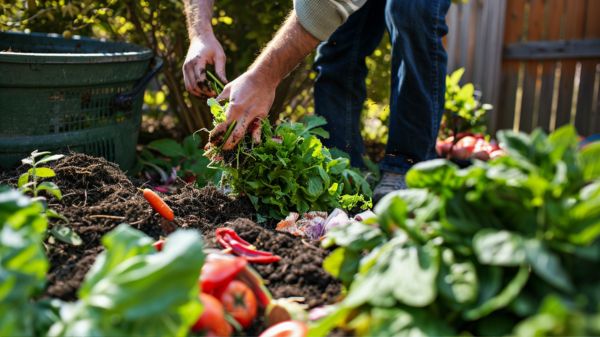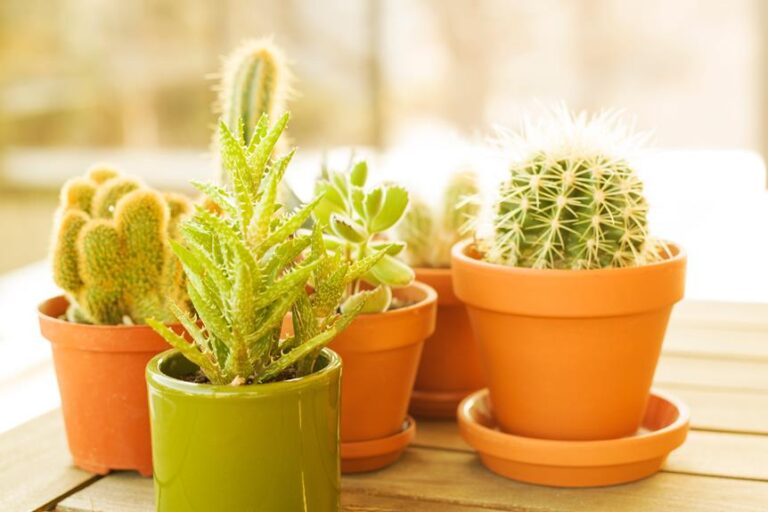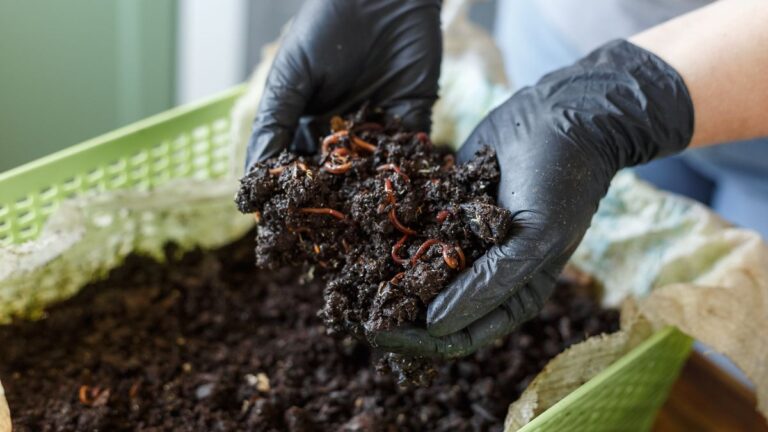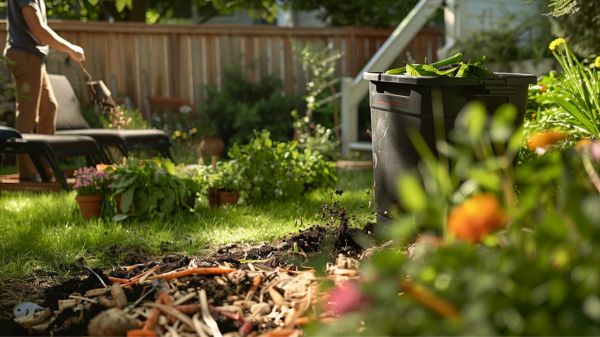What Materials Are Needed for a Composting System?
Establishing an effective composting system relies on a careful selection of materials that promote decomposition and nutrient-rich soil production. Organic waste, aeration materials, water, suitable location, and sunlight are all essential components for successful composting.
However, the key to a thriving compost pile lies in understanding the intricate balance among these elements. By exploring the nuances of each material’s role in the composting process, a deeper appreciation for the art of composting can be gained, leading to more fruitful results and a more sustainable approach to waste management.
Key Takeaways
- Organic waste like fruit scraps and grass clippings for nutrient balance.
- Aeration materials such as shredded newspaper and cardboard for oxygen.
- Maintain optimal moisture levels of 50-60% for efficient composting.
- Choose a suitable location with shade, good drainage, and access to sunlight.
- Ensure indirect sunlight to support decomposition without drying out the compost.
Organic Waste for Nutrient Balance
Utilizing a diverse array of organic waste materials is essential for maintaining a balanced nutrient composition in composting systems. Including a mix of fruit and vegetable scraps, coffee grounds, eggshells, grass clippings, dry leaves, and shredded newspaper in compost helps achieve an ideal carbon-to-nitrogen ratio, supporting microbial activity essential for decomposition.
The incorporation of both green and brown organic materials enriches the compost with a broad spectrum of nutrients, fostering the creation of a nutrient-rich end product. Balancing the input of these organic waste components is fundamental in enhancing soil fertility and promoting robust plant growth.
Fruit and vegetable scraps provide essential nutrients and moisture to the composting process, while coffee grounds and eggshells contribute valuable minerals and aid in balancing acidity levels.
Grass clippings, dry leaves, and shredded newspaper add necessary carbon and nitrogen, enhancing microbial breakdown and overall compost quality. By carefully selecting and combining these organic waste materials, composters can create a nutrient-dense mixture that optimizes soil health and plant vitality.
Related Post: Composting: An Eco-Friendly Home Solution for Waste Reduction.
Aeration Materials for Oxygen
To maintain ideal aeration levels within a compost pile, incorporating materials such as dry leaves, shredded newspaper, or cardboard is vital for fostering aerobic decomposition processes.
These aeration materials play an essential role in preventing compaction within the compost pile, guaranteeing that there is enough space for air to circulate. By introducing oxygen through these dry components, beneficial microorganisms responsible for breaking down organic matter can thrive, accelerating the decomposition process.
Dry materials like straw, sawdust, or wood chips also create air pockets within the compost, facilitating aerobic decomposition.
Layering aeration materials with food scraps and green waste promotes balanced composting conditions. The combination of these dry materials with nitrogen-rich organic waste ensures that the compost pile has the necessary elements for efficient decomposition.
Proper aeration is key to preventing anaerobic conditions, foul odors, and maintaining a healthy environment for the breakdown of organic matter. By incorporating these aeration materials, composters can create an environment conducive to aerobic decomposition, leading to successful composting outcomes.
Water for Moisture Levels
Maintaining appropriate moisture levels is essential for the efficient decomposition of organic materials in a composting system. Water plays an important role in creating a conducive environment for beneficial microorganisms to thrive and break down organic materials effectively.
Here are some key points to keep in mind regarding water and moisture levels in a compost pile:
- The optimal moisture level in a compost pile is around 50-60%, similar to a wrung-out sponge.
- Lack of moisture can hinder the decomposition process, leading to slower composting.
- Excess water can result in anaerobic conditions, causing foul odors and disrupting the balance of the compost pile.
To ensure successful composting, it is vital to regularly monitor and adjust moisture levels by adding water or dry materials as needed. By maintaining the right moisture balance, you can support the activity of beneficial microorganisms and facilitate the decomposition process, ultimately leading to high-quality compost.
Suitable Composting Location
Selecting an appropriate location for your composting system is important for its effectiveness and efficiency in breaking down organic materials. When choosing a spot for your compost pile, consider a shady area to prevent materials from drying out and to guarantee proper decomposition.
Direct sunlight should be avoided as it can lead to moisture loss and overheating. Opt for a location with good drainage to prevent waterlogging and promote air circulation within the composting system.
Proximity to your garden is advantageous for easy access to the finished compost, which can be used to enrich the soil. Adequate airflow in the chosen location is critical as it helps facilitate the composting process and reduces unpleasant odors.
Whether you opt for a compost bin or simply make a pile, make sure that the selected spot meets these criteria to create an ideal environment for breaking down kitchen scraps, yard waste, and other organic materials effectively.
Access to Sunlight for Decomposition
When establishing a composting system, taking into account the availability of sunlight becomes essential due to its role in facilitating the decomposition process. Sunlight plays a significant role in the composting process by providing warmth to the compost heap, which aids in breaking down organic matter efficiently.
However, it is important to strike a balance in sunlight exposure to prevent issues like overheating or excessive drying of the compost materials. Here are some key points to keep in mind regarding access to sunlight for decomposition:
- Sunlight helps to warm the compost pile, assisting in the breakdown of waste material.
- Direct sunlight can lead to the drying out of the compost, so it is advisable to place the compost bin in a partially shaded area.
- Indirect sunlight is beneficial for maintaining ideal temperature levels within the compost, supporting the growth of beneficial microorganisms that aid in decomposition.
Ensuring the right amount of sunlight exposure is crucial for a successful composting process, promoting the effective transformation of waste into a valuable soil amendment.
Related Post: Composting 101: Beginner’s Guide to Soil Enrichment.
Frequently Asked Questions
What Are the Materials Needed in Composting?
In composting, essential materials encompass kitchen scraps for nitrogen, yard waste for carbon, creating a balanced mix. Utilize a compost bin with proper aeration, moisture control, and temperature monitoring. Composting worms aid in decomposition. Turning tools assist in aerating the mixture.
What Material Do You Need to Start Composting?
To start composting, essential materials include kitchen scraps and yard waste for organic matter, carbon sources like dry leaves, and nitrogen sources such as grass clippings. Composting bins, aerating tools, and proper turning frequency facilitate the composting process.
What Do You Need to Build a Composting System?
To build a composting system, essential components include kitchen scraps, yard waste, a compost bin, carbon sources like shredded newspaper, nitrogen sources like grass clippings, facilitating the decomposition process. Organic matter, proper aeration, moisture control, and temperature regulation are crucial for effective composting.
What Are the 5 Raw Materials That Can Be Used in the Composting Process?
Five raw materials commonly used in the composting process include food scraps, yard waste (such as grass clippings and dead leaves), coffee grounds, newspaper clippings, and cardboard boxes. These materials contribute to nutrient-rich compost for gardening and agriculture.
Conclusion
To sum up, a successful composting system requires a balance of organic waste and aeration materials to provide nutrients and maintain oxygen levels for the decomposition process.
Monitoring moisture levels, choosing a suitable location, and ensuring access to sunlight are vital factors for efficient composting.
By incorporating these essential materials and practices, individuals can create a sustainable and effective composting system to reduce waste and promote environmental stewardship.





